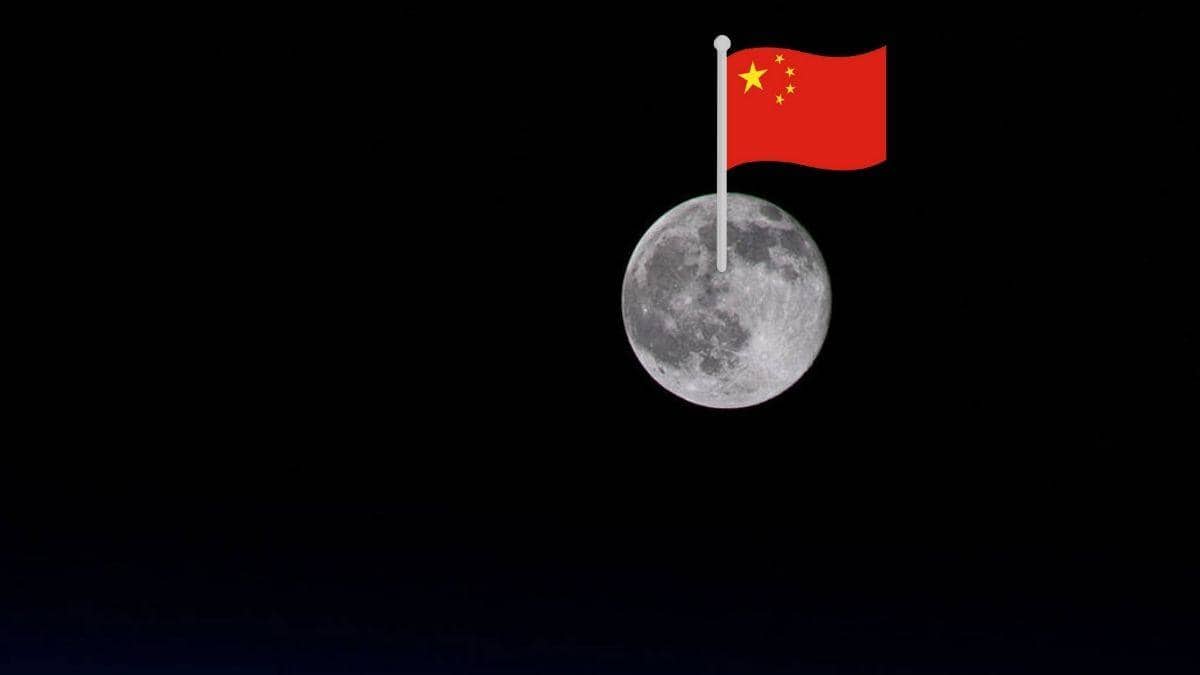China discovers the first evidence of water on the moon’s surface

China’s Chang’e 5 lunar lander has discovered the first-ever on-site evidence of water on the moon’s surface, adding to the satellite’s dryness.
The lunar soil at the landing site contains fewer than 120 parts-per-million (ppm) water, or 120 grammes water per tonne, according to a study published on Saturday in the peer-reviewed journal Science Advances, while a light, vesicular rock contains 180 ppm, which is far drier than that on Earth.
Although remote observation had established the presence of water, the lander has now identified indications of water in rocks and dirt.
The lunar lander’s spectral reflectance of the regolith and rock was measured, and for the first time, water was found on the location.
The water content can be measured because the water molecule, or hydroxyl, absorbs at a frequency of roughly three micrometres, according to researchers from the Chinese Academy of Sciences, according to the state-run Xinhua news agency (CAS).
According to the researchers, the solar wind was responsible for the most humidity in lunar soil because it carried hydrogen, which is used to form water.
According to the researchers, the additional 60 ppm water in the rock could have come from the lunar interior.
As a result, the rock is thought to have been ejected onto the landing site from an older, more humid basaltic block before being picked up by the lunar lander.
The study discovered that the moon had become drier over time, most likely due to the degassing of its mantle reservoir.
Chang’e-5 landed on one of the moon’s youngest mare basalts, which is positioned at a mid-high latitude. It took samples weighing 1,731 grammes and measured water on the spot.
“The granules on the surface and beneath the surface of the returning samples are a mix. However, an in-situ probe can detect the lunar surface’s outermost layer “Lin Honglei, a researcher at the Chinese Academy of Sciences’ Institute of Geology and Geophysics, said Xinhua.
Lin also stated that simulating real lunar surface conditions on Earth is difficult, which is why in-situ measurements are so important.
According to the report, the findings are in line with a preliminary analysis of the Chang’e-5 samples that were returned.
The discoveries add to the mystery surrounding China’s Chang’e-6 and Chang’e-7 missions. The study of lunar water reserves is becoming more prominent as the construction of manned lunar stations is planned in the coming decades, according to the paper.


